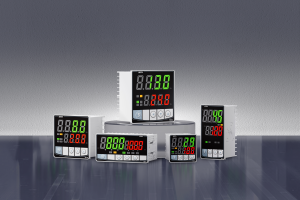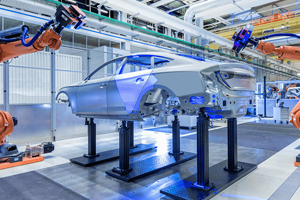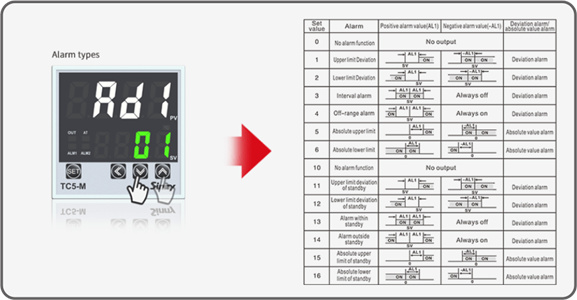How to set pid values in temperature controller
Thermostats are generally used in heating/cooling systems, hot water circulation systems, kitchen appliances, manufacturing processing, equipment operation support, commercial buildings, public service places, breeding, scientific research laboratories, and the new energy field.
So how can temperature control be used in these scenarios? The usage method of pid Settings
Set the PID value to make your work very easy
The pid value of the temperature controller, which consists of three control parameters - proportional, integral and differential - together form the core of the PID control algorithm. Its essence is to compare the deviation between the actual temperature and the target temperature, and drive the equipment to use the PID algorithm to correct the deviation to achieve the desired temperature deviation ----- quantification deviation correction strategy
Proportional parameter
The control output = P × (target temperature - actual temperature). The larger the P value, the more intense the response to deviation, and the faster the heating/cooling rate. However, if it is too large, it may cause the temperature to exceed the target value (overshoot), or even oscillate
Integral parameter
The smaller the control output += (deviation × time)/I value (the stronger the integration effect), the faster the deviation is eliminated, but an overly strong value may lead to overshoot or oscillation. A value of I that is too high can lead to long-term deviation
Differential parameter
Control output += D × (current deviation - deviation of the previous moment)/time
The larger the D value is, the higher the sensitivity to deviation changes will be, and the stronger the system's anti-interference ability will be (for example, when the temperature drops due to sudden heat dissipation, D will rapidly increase the heating), but if it is too large, it will cause frequent fluctuations in the control output and unstable temperature.
The Pid algorithm has a relatively fast response capability and is basically a thermostat. In highly adaptable scenarios, you need to precisely adjust the PID to ensure normal temperature Settings
The relationship between Programming and PID:Programming Temperature Controller
The considerations in programming lie in - sampling period - parameter adjustability - exception protection
1. The response system matches with a sample disassembly cycle of 100ms
2. The programming will reserve PID parameter interfaces, such as keys, serial ports, and APP Settings
3. When the sensor malfunctions, stop heating immediately to generate the model
Programming = Translator. The PID algorithm executes the information logic of programming, making the usage scenarios better and more convenient























